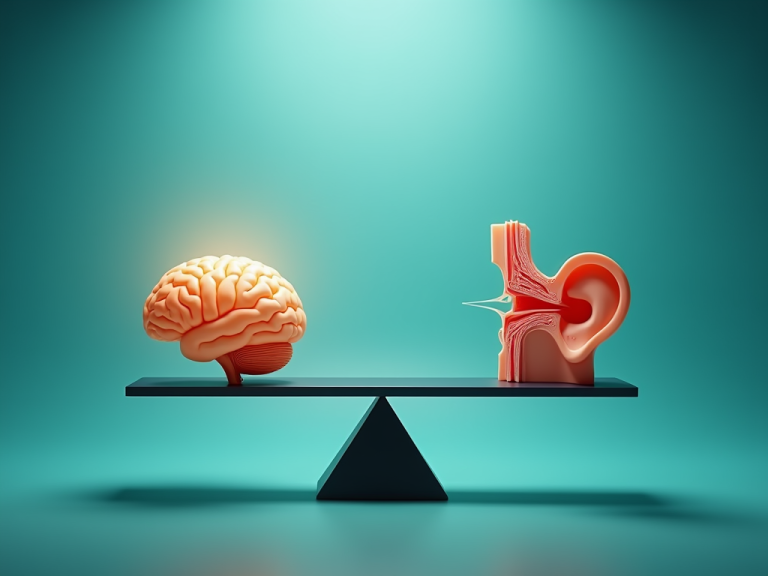
Vestibular Associated Migraine (VAM) is a neurological condition that combines the symptoms of migraines with disturbances in balance and spatial orientation. It often manifests as vertigo, dizziness, or a sense of imbalance, with or without a headache. Triggers can include stress, certain foods, or environmental factors. Despite being common, VAM is frequently misdiagnosed due to its overlap with other vestibular disorders. Early diagnosis and treatment, including lifestyle adjustments and medication, can significantly improve quality of life.
Vestibular Associated Migraine symptoms go beyond typical migraines. Patients often experience episodes of vertigo, dizziness, and a sense of imbalance, which can last from minutes to hours. Other symptoms include nausea, sensitivity to light and sound, and visual disturbances such as blurry vision or seeing spots. Interestingly, headaches may not always accompany these symptoms, making VAM harder to identify.
The exact cause of VAM is still under research, but it is believed to result from a combination of genetic predisposition and environmental factors. Common triggers include stress, lack of sleep, hormonal changes, dehydration, certain foods (like caffeine or aged cheese), and environmental stimuli such as bright lights or strong odors. Understanding these triggers is key to managing the condition.
Diagnosing VAM can be complex because its symptoms overlap with other vestibular disorders like Ménière’s disease or Benign Paroxysmal Positional Vertigo (BPPV). Many patients go undiagnosed for years due to a lack of awareness among healthcare providers. A thorough medical history, symptom tracking, and specialized tests are crucial for accurate diagnosis.
Managing VAM often requires a multi-faceted approach:
- Lifestyle Changes: Regular sleep patterns, hydration, stress management, and avoiding known triggers.
- Medications: Preventative treatments like beta-blockers or antidepressants and acute medications for symptom relief.
- Vestibular Rehabilitation Therapy: Exercises designed to improve balance and reduce dizziness.
- Dietary Adjustments: Avoiding trigger foods and maintaining a balanced diet.
Vestibular Associated Migraine is a challenging condition that affects many people worldwide. By increasing awareness and understanding through research and education, we can improve diagnosis rates and treatment outcomes.